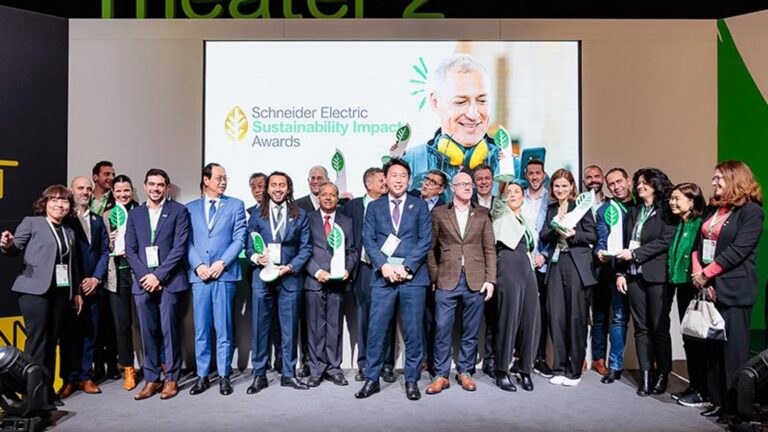Sunday, July 6, 2025
With the rising urgency to find solutions to reduce carbon emissions and the greenhouse effect, Carbon Capture, Utilization, and Storage (CCUS) is emerging as a sustainable solution.
There are three main reasons: fossil fuels are essential to life as we know it, now and for the foreseeable future; industrial processes that produce the goods we need also produce large amounts of carbon; and, hydrogen is gaining popularity for use as a fuel source because it emits no carbon dioxide when burned.
Why CCUS? As hydrogen gains popularity as an alternative fuel, it can still be a carbon-intensive production process diluting the overall carbon reduction benefits. Producing hydrogen from coal or natural gas – known as “brown” and “gray” hydrogen, respectively – is a carbon-intensive process. “Green” hydrogen, produced from water using renewable energy, is carbon-free, but currently very expensive. One interim alternative is “blue” hydrogen, made from natural gas, where the byproduct, carbon dioxide, is captured before it enters the atmosphere.
CCUS reduces emissions from oil and gas and industrial processes. And, it is the key to allowing blue hydrogen to be “blue.” It is the only method to capture and permanently store the carbon emissions produced when natural gas is converted to hydrogen. To permanently store this captured carbon, wells are drilled down into porous rock formations and carbon dioxide is injected into these formations, so it remains trapped by layers of rock deep underground essentially forever.
CCUS is a practical technology that has been proven in concept and small-scale demonstration projects. Now, the need is for projects to move from the demonstration scale to the industrial scale.
Much of the necessary technology and knowledge to permanently store captured CO2 is already available through the oil and gas sector’s knowledge and expertise over the past century. This includes understanding sedimentary rock geology, finding porous rock deep beneath the surface, then accessing that through drilling. The oil industry is also familiar with injecting CO2 into rock formations to extract more hydrocarbons.
Two areas of knowledge are particularly necessary for enabling CCUS to become the world-changing solution it can be.
- Finding and evaluating CCUS opportunities
The first area of expertise needed is geological expertise to search for and evaluate geological formations suitable for CCUS, and to define injection and monitoring plans.
The oil and gas sector is long familiar with this kind of search. It has evolved sophisticated tools, including seismic exploration, to build a picture of the underground environment. Petroleum geoscientists use these technologies to find porous rock formations covered by impenetrable layers of rock, which in some cases, trap hydrocarbons.
CCUS uses similar technologies to find porous rock bodies situated in such a way that the injected CO2 will remain in place rather than migrating to the surface. It’s oil patch geology, in reverse.
One good thing about CCUS is that rock formations don’t need to contain hydrocarbons to be used for CO2 storage. Hence, CCUS has the potential to work in sedimentary geology that might not be hydrocarbon sources. This means that if there is a central source of CO2 – an industrial complex, perhaps, or a cement-manufacturing facility – there is a chance that a CCUS-friendly rock formation will be available within a reasonable distance.
Much of the knowledge and technology needed for CCUS is readily available, from geological research performed by governments to existing oil and gas exploration technologies that can be readily repurposed to find CCUS sites.
CCUS sites require more than good geology. One requirement is proximity to sources of CO2, possibly in a “hub” layout where pipelines carry CO2 from various producers to a central site for injection underground. Carbon dioxide is best pipelined at a “supercritical” state, at higher temperatures and pressures, where it is dense like a liquid but flows more like a gas. Because of this, it is uneconomic to transport for long distances. Other feasibility factors include the availability of electricity from renewable sources to power the pumps and other equipment to reduce the carbon footprint further.
- Proving it with measurement, monitoring and verification
Companies undertaking CCUS projects must ensure that their project can sequester the expected amounts of CO2 at the projected rate and cost. They also need to show stakeholders – including financial sources, shareholders, governments, and the general public – that the project will safely store the carbon dioxide underground in the long term. Without these assurances, project credibility can be lost. Thus, the rise of measurement, monitoring and verification (MMV) as a discipline. Like site selection, MMV requires a wide range of skill sets. It also requires credibility and work by an independent, trusted third party with the necessary skilled professionals on staff.
Professional firms scan bring in a wide range of skill-sets – sedimentary geology, well engineering, pipeline design, facilities design, and others. Experts can also be a significant help in site selection, MMV and guiding CCUS projects to successful completion.
CCUS time is now
The future’s bright for CCUS. There’s an increased sense of urgency, more funding is available, and companies are under increasing pressure to get results around Environment, Social and Governance (ESG) benchmarks. CCUS is a technology whose time is now, and the need has never been greater.
Michelle Pittenger is a lead geologist with GHD, bringing more than 30 years of experience in finding and developing hydrocarbon and CO2 sequestration resources. She recently provided this presentation at the Canadian Hydrogen Convention.












